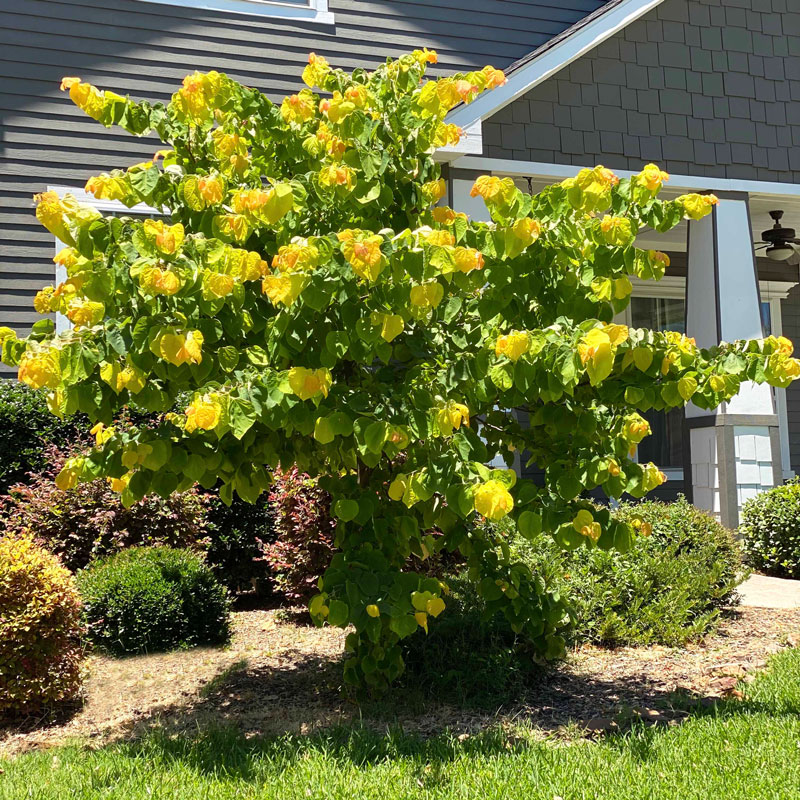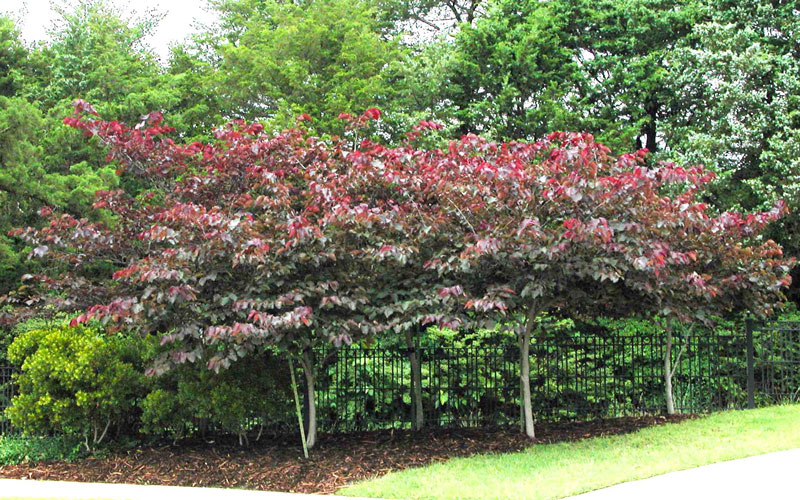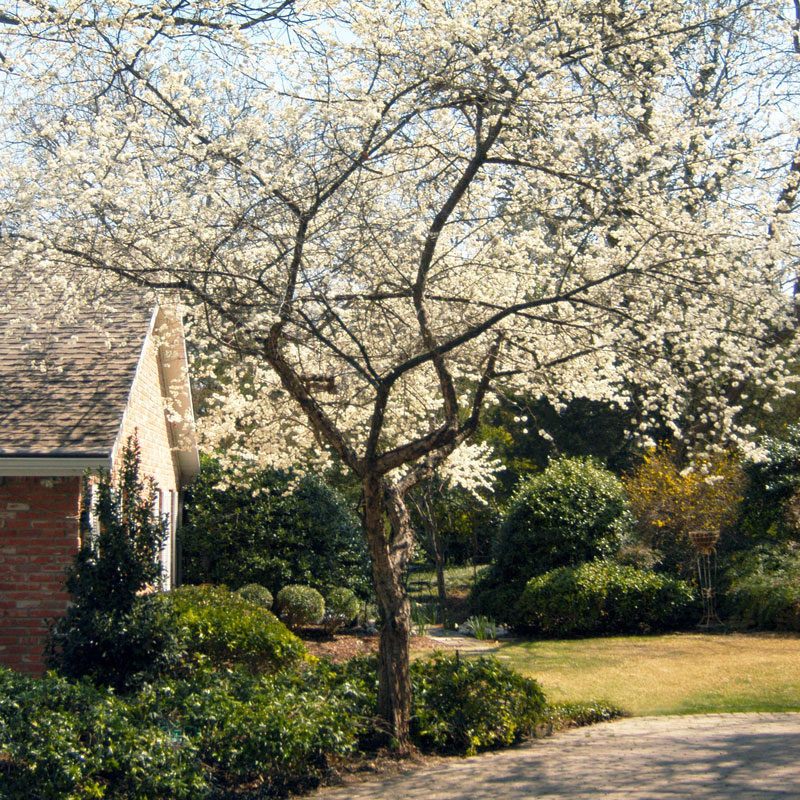Best of the Smaller Shade Trees
Homeowners’ associations do some silly things – like requiring that each house have two shade trees per front yard and then handing out their approved list with nothing but super-large options. Can you say, “live oaks?”
Shumard red oaks, live oaks, bur oaks, Chinquapin oaks, Chinese pistachios, pecans and cedar elms are our seven best large shade trees, but unless you have huge, old-fashioned space around your house, they’re going to overwhelm things within 8 or 10 years. Sure, you’ll have the shade you were dreaming of, but scale and proportion will be thrown out the window.
Smaller urban lots demand smaller urban trees. As you’re sweltering in the July sun right now, consider these trees for planting this fall. These are the best of the smaller bunch.
• Little Gem southern magnolia. This one stands heads and shoulders above the others. It’s a dwarf form of our magnificent East Texas native southern magnolia with its leathery evergreen leaves and stately white blossoms. The only thing different is that Little Gem is half the size in all respects. It grows to be 25 to 30 ft. tall and 20 to 25 ft. wide at maturity.
• Redbuds. I put this in the plural, because there are 15 or 20 common selections in the nursery marketplace currently. Most grow to be 25 ft. tall and wide, but there are weeping types that are much more compact. Some, like the variety Oklahoma, have glossy green leaves and rich magenta flowers. Forest Pansy has deep maroon leaves in spring that shade to purplish-green in summer. Others are variegated yellow. Redbuds do well in sun or part sun.
• Mexican plum. If you’re looking for fragrance and a plant the early spring honeybees will love, this is your tree. It’s attractive at all seasons. It has flowers in the spring, dark green foliage in summer, fruit in the fall, and craggy, peeling bark all winter. It grows to 20 ft. tall and wide, and it does well in sun or part shade. The fruit is not especially great fresh, but it’s fabulous preserved.
• Golden raintree. I’d love to recommend this tree more highly. The problem is that you rarely see it in nurseries. That’s a shame because it’s a really handsome little tree to 25 ft. tall and wide. It produces panicles of bright yellow blooms each spring. Its summer foliage is deep green, and mine frequently have had nice fall color as an added bonus.
• Tree-form crape myrtles. I know they’re technically shrubs. However, the tall types grow to be 25 to 30 ft. tall and 20 ft. wide. That qualifies for this category, and if you don’t want to use one as the major shade tree, consider it as a nice secondary accent tree. Here is a link to the website of our Crape Myrtle Trails of McKinney, specifically to the page where we list varieties experts recommend. Check out this list of the tallest. There are some great varieties on it.






